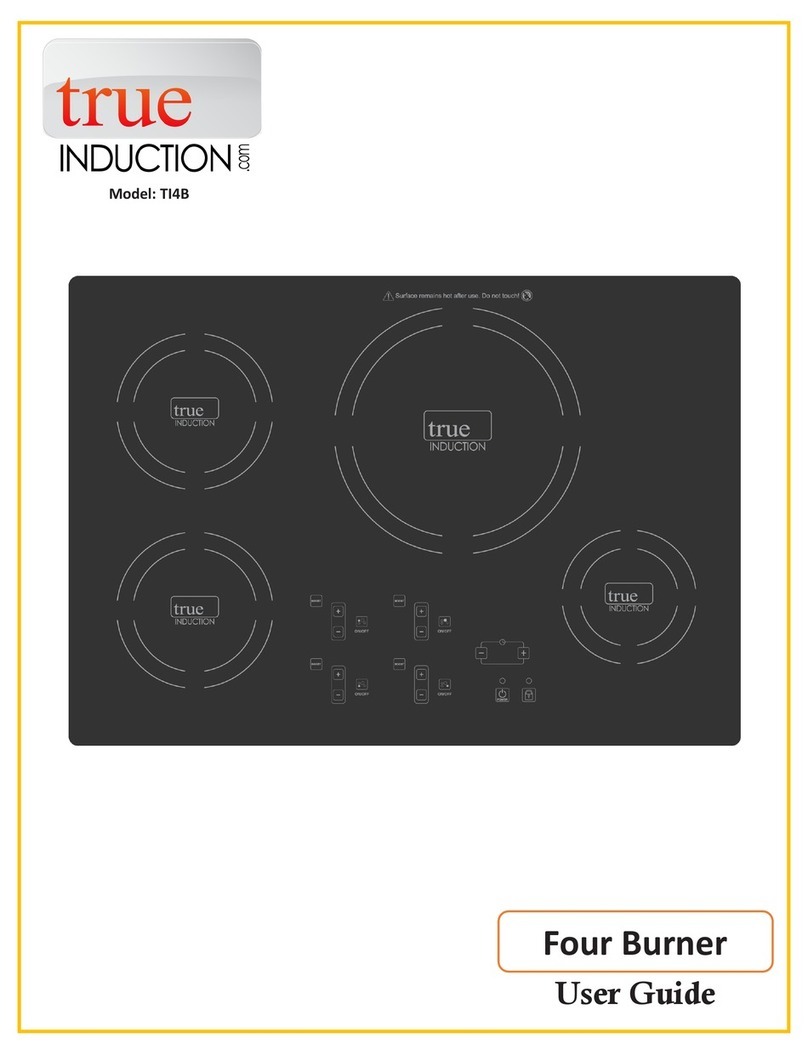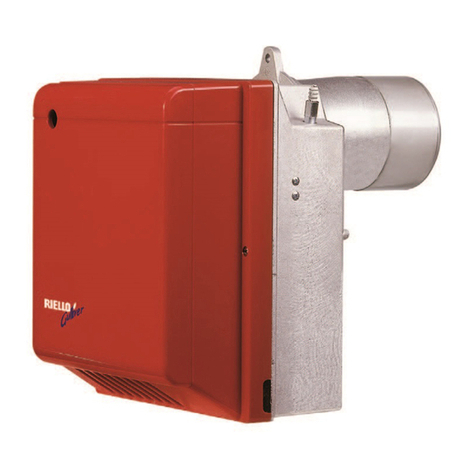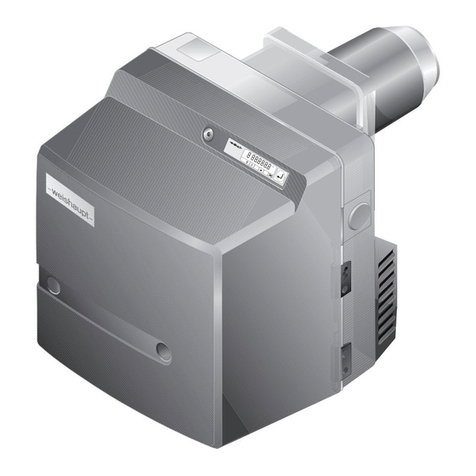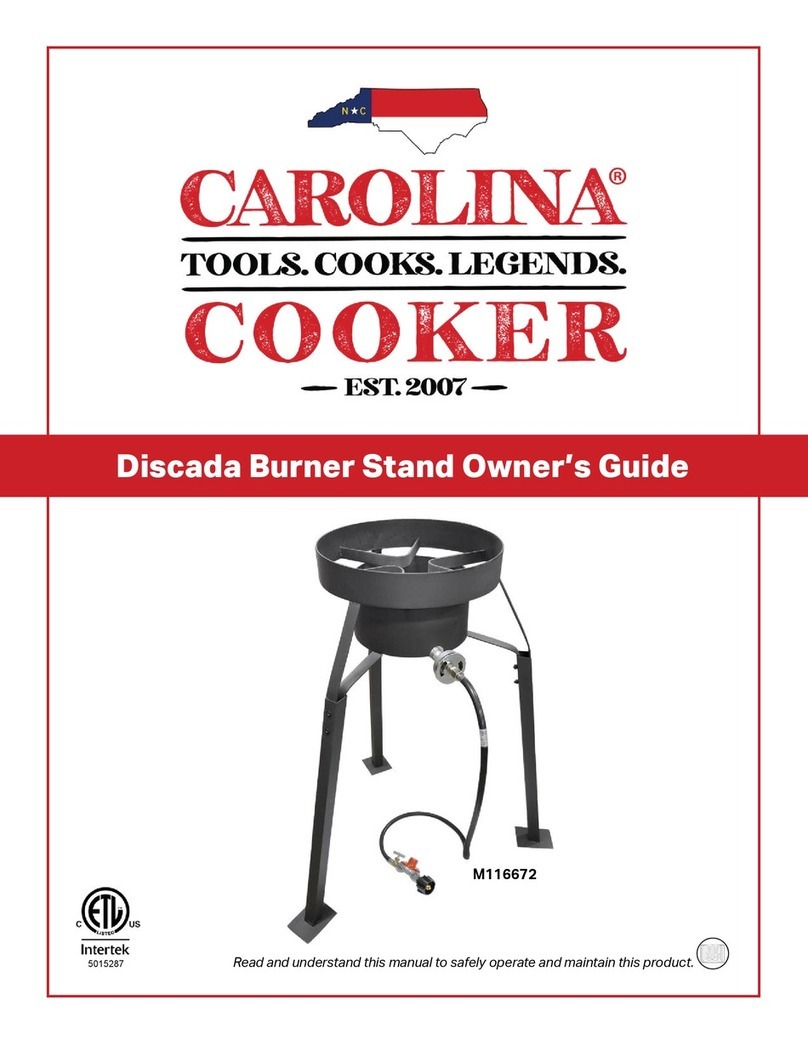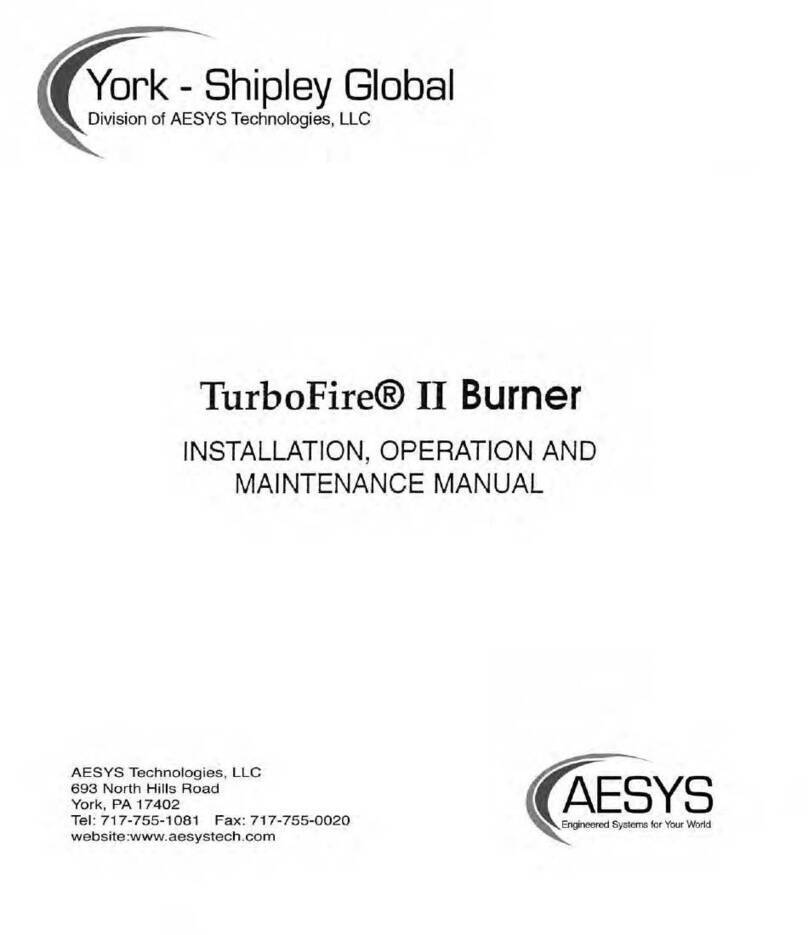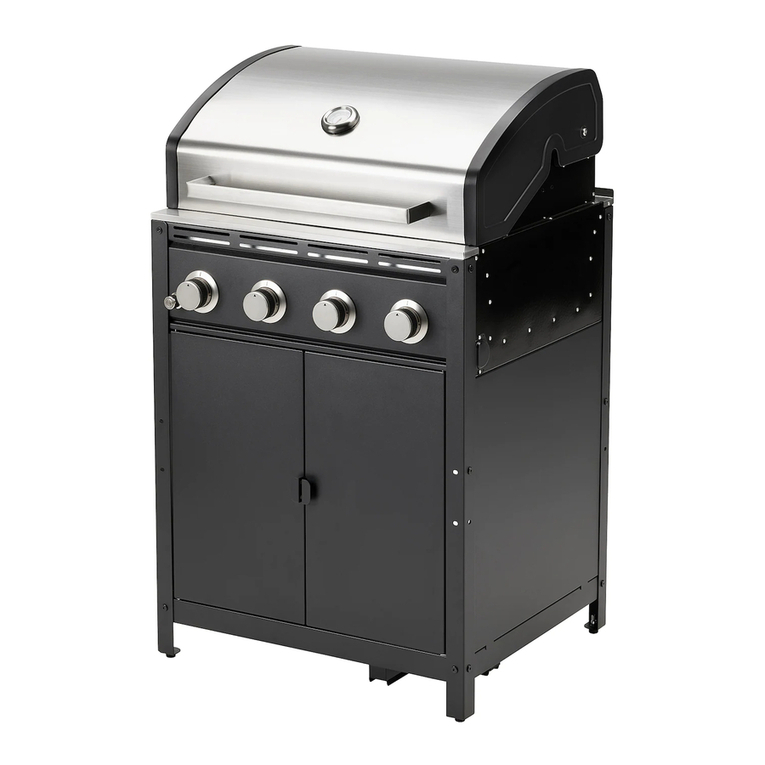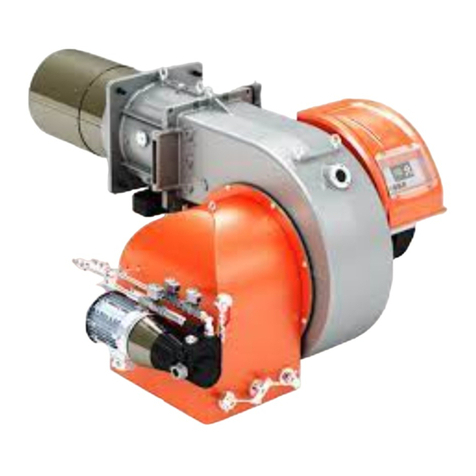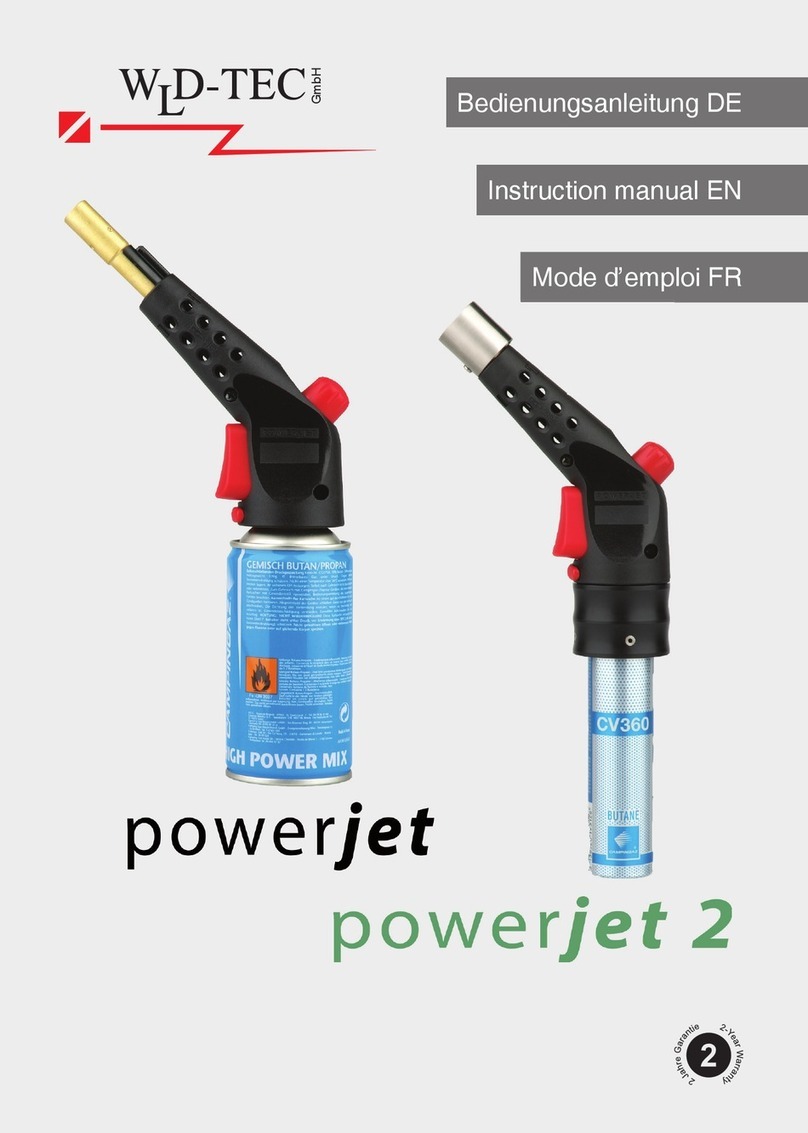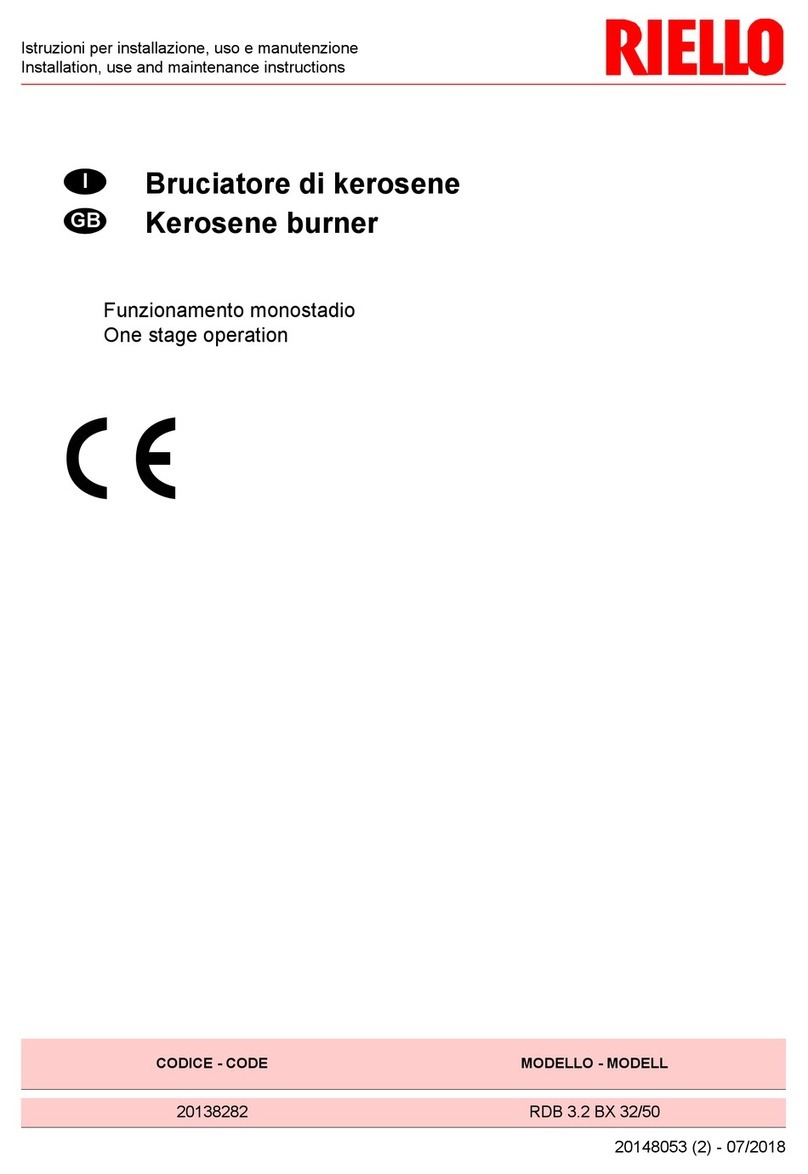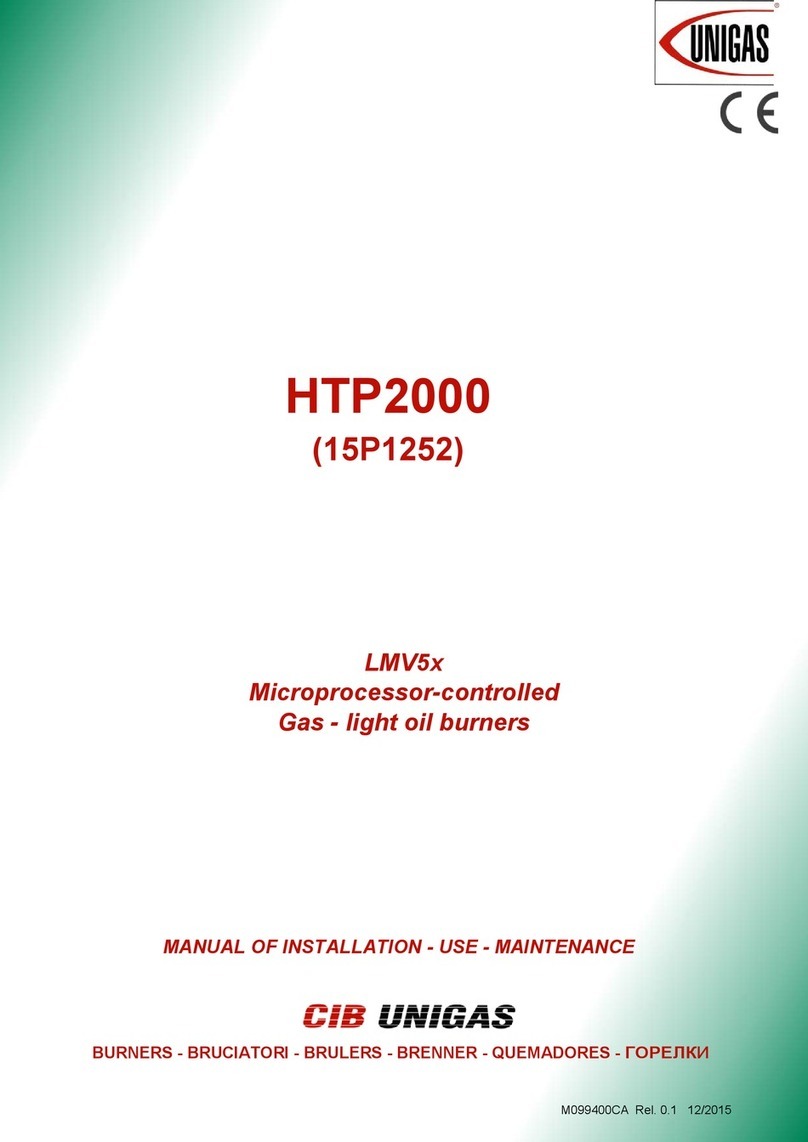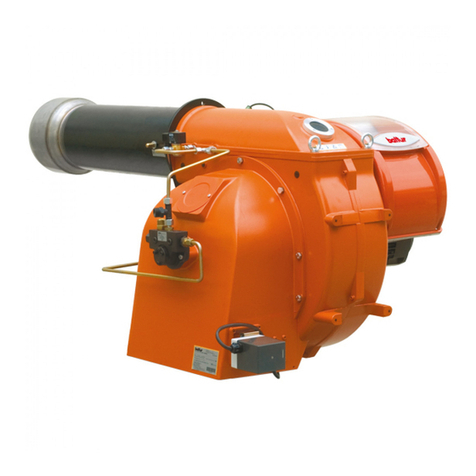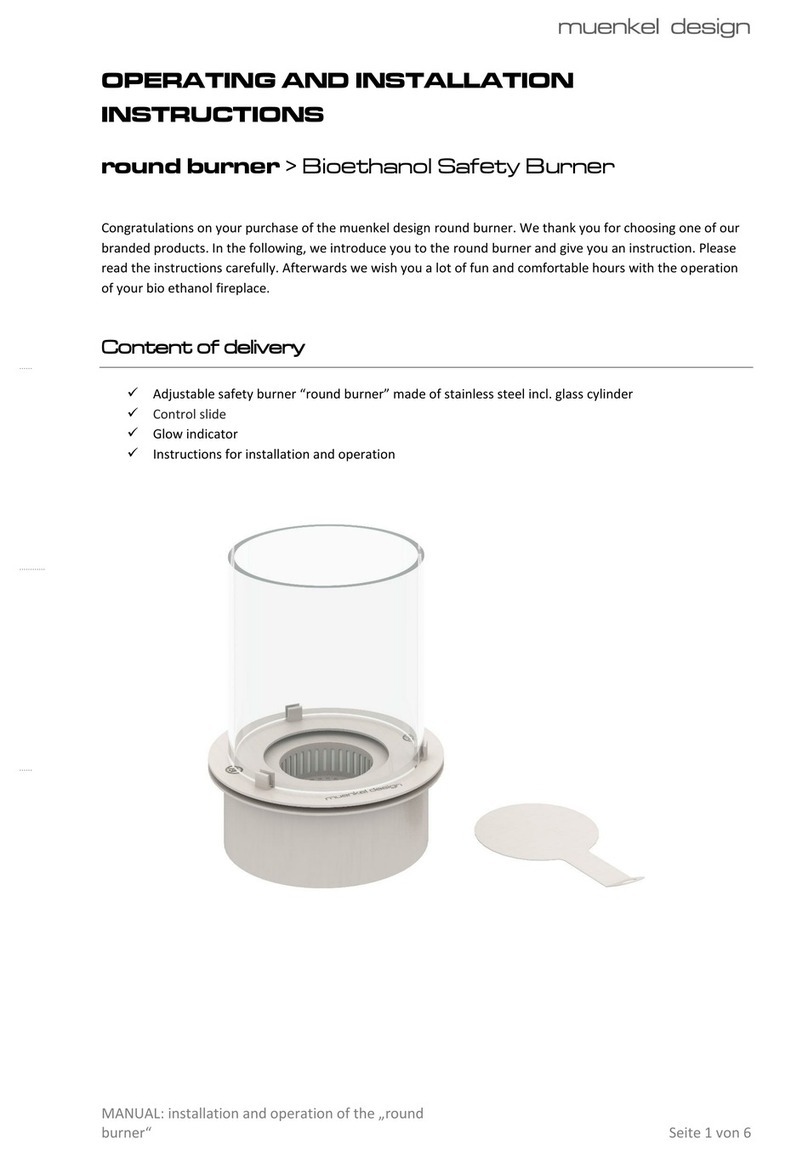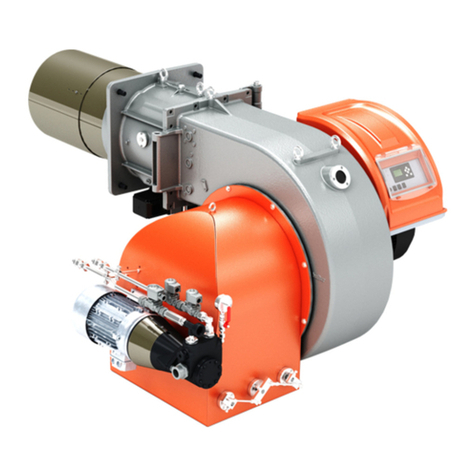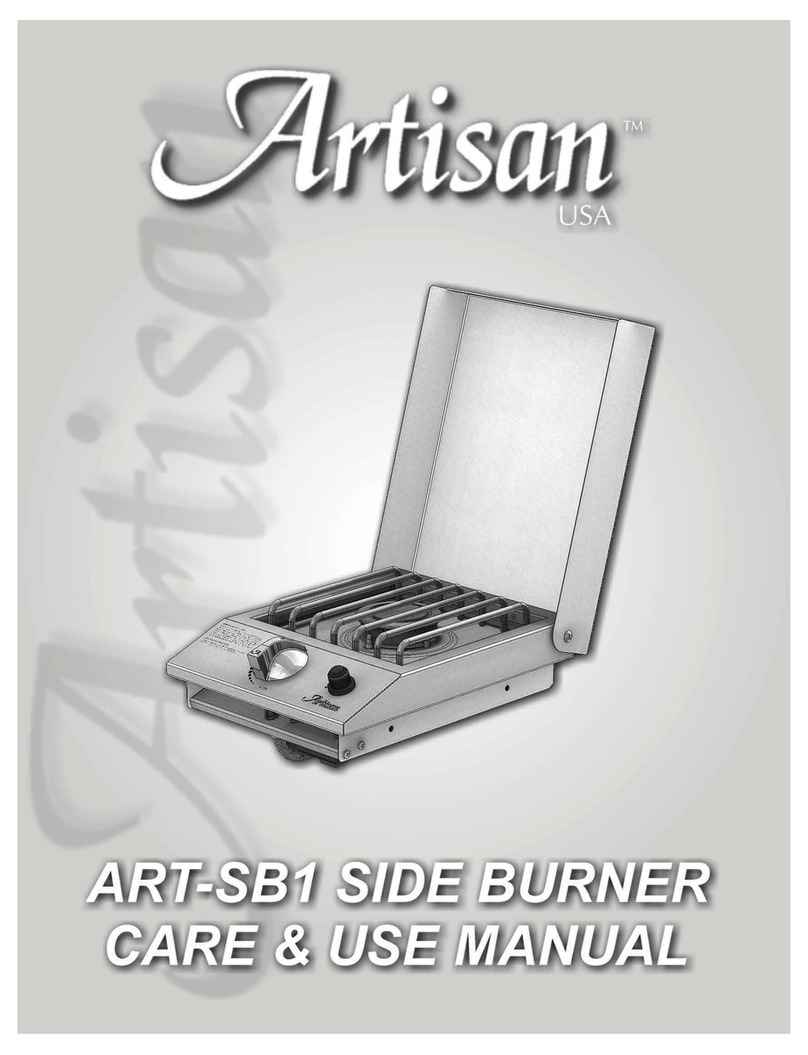8
HeatSaver Flue Kit Installation
INSTALLATION INSTRUCTIONS
• This HeatSaver flue system is tested and certified to AS/NZS 2918:2001 Appendix F, which
means it is approved for use on all solid fuel appliances with a flue diameter of 150mm.
• A copy of the Laboratory Test Certificate for this HeatSaver Flue System is included as part of
these Installation Instructions, (refer to paperwork with flue kit).
• Installation of any solid fuel appliance should only be carried out by suitably trained and
qualified personnel.
• Position the stove to the desired position, always ensuring that the manufacturer’s minimum
clearances to combustibles are complied with.
• Check that there are no roofline ridges or valleys in the way, or if they cannot be avoided,
that the installer knows how to weatherproof the penetration and reinstate the full strength of
the structure.
• At the ceiling level, construct a square frame of 300mm x 300mm internal dimensions and cut
away the ceiling materials from the inside of this frame.
• Lower the 300mm flue pipe casing into this frame and nail in place when the bottom edge is
25mm below the ceiling level and the 8 nail holes provided are touching the timber frame.
• Check all 4 locating brackets are securely in place and drop 250mm diameter lower casing in
place. This will naturally settle so it protrudes 25mm below the ceiling.
• Make roof penetration, assemble and fit required flue length and install with upper casing.
Secure all joins with at least 3 stainless steel rivets or self tapping screws.
• Frame and brace upper installation as required and flash the roof to shield penetration.
• Fit ceiling plate to ceiling.
• When trimming the stainless steel flue length, ensure the flue is flush with the casing at the
top. If it is higher than the casing, the cowl can not be fitted correctly.
• Fix the bottom section of the HeatSaver Columbia Cowl in place and ensure that it is firmly
down on top of the casing. Then attach top section by bending tab away from the shaft to
allow the top section to slide down onto the washer. Bend tab back in place once done. Do
not over bend tab so that it touched the shaft. See page 6
• Secure the flue to the fire, drill through flue neck on fire and secure with 2 to 3 s/s screws or
rivets.
• All flue joints should be sealed using a flue cement.
• Ensure a 25mm clearance from the 250mm diameter casing to any combustible material.


